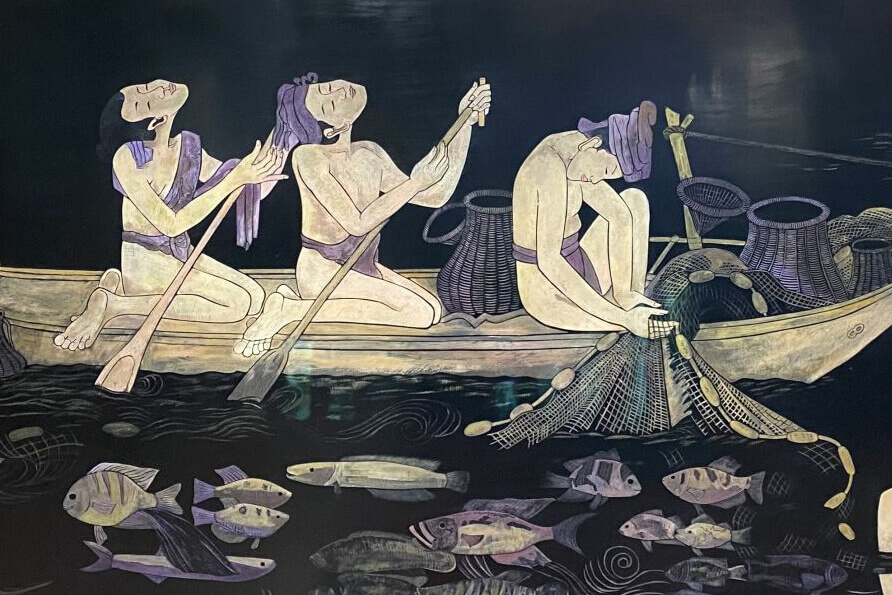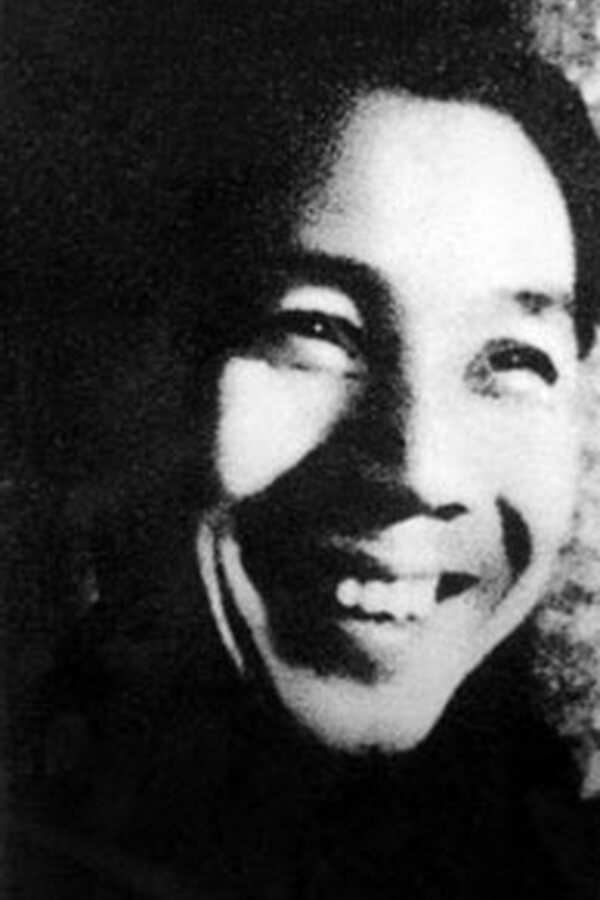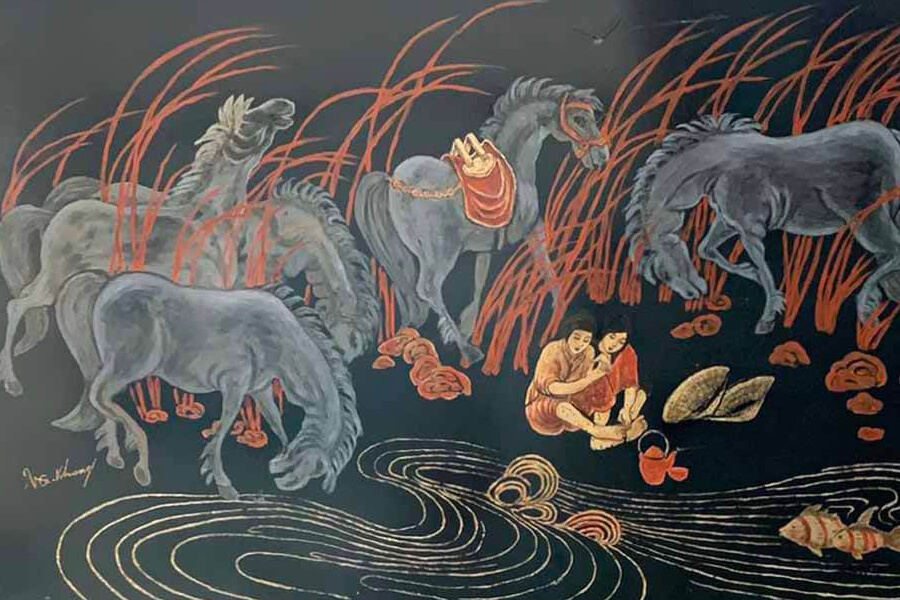Biography of Nguyen Khang
Nguyen Khang (1912-1989), was born in Yen Thai village, Tay Ho district, Hanoi, Vietnam.
He married Mrs. Tran Thi Thanh Tra and had 5 children: Nguyen Kim Diep, Nguyen Khai Khoi, Nguyen Duc Tai, Nguyen Thai Nguyen, Nguyen Thai Dung.
When the August Revolution broke out, Nguyen Khang joined the revolution. In the period from 1949 to 1951, he was appointed as the principal of the Inter-Zone X Resistance School of Fine Arts.
From 1951 to 1957, Nguyen Khang taught in Nanning, China. Returning home, he joined the founding of the Vietnam Fine Arts Association and was elected a member of the standing committee (1957).
In 1959, he was appointed vice-principal of the Vietnam Fine Arts Intermediate School (the predecessor of the Hanoi University of Industrial Fine Arts, where he was the Rector from 1962 to 1974). In 1974, Nguyen Khang retired, but continued to compose.
Nguyen Khang’s Career
Painting with lacquer materials is the artist Nguyen Khang’s area of specialization, and his work is characterized by a delicate and profound beauty, a consistent aesthetic, and a beautiful marriage of form and embellishment. His writings provide admirable views of Vietnam, its people, and the values of peace, resistance, and freedom. He put his extensive study and practice of decorative arts to great use by helping to establish and grow the industrial art sector in our nation.
In his painting career, Nguyen Khang is considered as a talented and creative painter. He is a person who is always researching and creating on materials, especially the technique of pulverizing gold and silver into gold bran and then using a sieve to evenly sprinkle gold bran, then grinding it on lacquer. It is thanks to this technique that artist Nguyen Khang’s work becomes more unique in terms of materials and colors. Works created based on this technique have won many important awards at exhibitions such as: the award at the Paris Art and Technology Exhibition in 1937, the Meritorious Award at the Sadeai Exhibition in 1939, Certificate of Merit at Duy Nhat Exhibition in 1943, National Fine Art Exhibition Award in 1960 and 1962.

In 1939, Nguyen Khang was invited by the San Francisco Exhibition Organizing Committee (USA) to the Board of Examiners but he did not participate.
Nguyen Khang’s artwork really made a strong impression at the art exhibition of 12 socialist countries held in the Soviet Union.
The work “Uncle Ho’s visit to the village” was purchased by Japan in 1958 and displayed at the Fukuoka Asian Art Museum. In 1969, artist Nguyen Quang was assigned to be charged of the funeral decoration. The painting depicts the portrait of Ho Chi Minh with a width of 30m2 was also his work.
He also held other important artistic positions such as the head of the exhibition decoration department for the 25th anniversary of the founding of the Democratic Republic of Vietnam, the designer of the 4th and 5th Communist Party congresses of Vietnam and the author of the cover and logo of Communist Magazine.
In 2000, Nguyen Khang was posthumously awarded the Ho Chi Minh Prize for a series of works titled ”Fishing in the Night of the Moon“(1943), “Peace and Friendship” (1958), “Hành quân qua suối”(1962), “Gia đình mục đồng” (2000). The Ho Chi Minh Prize Council commented: Nguyen Khang’s works are excellent lacquer paintings, with delicate and profound beauty, expressing the artist’s good ideas about the country and resistance. During the war, he deeply studied decorative arts and made great contributions to training and building the industrial fine arts industry in our country.
In addition to lacquer, he also paints silk paintings, researches and designs pottery samples.
In 1989, he passed away in Ho Chi Minh city.
Nguyen Khang’s Highlighted Artworks
The works of painter Nguyen Khang, which were mostly in big scale, numbered only about 40. But his artwork is consistently gently articulated, beautiful, and brimming with love for Vietnamese culture and its people.
• Fishing under Moon Light, 1943
• Uncle Ho Visiting the Villages, 1958
• Troops fording a stream, 1960




